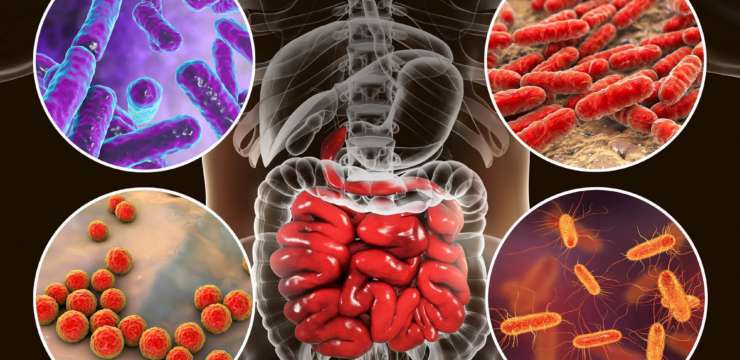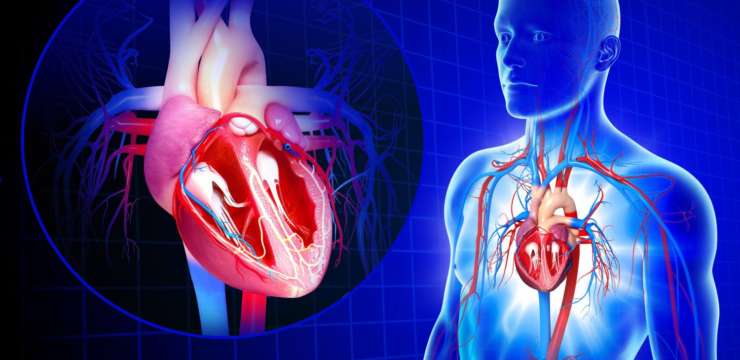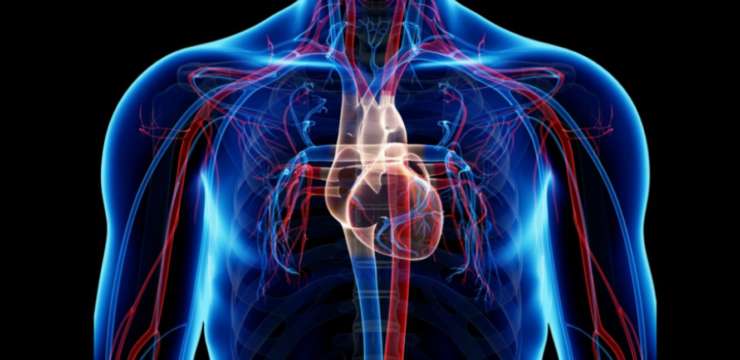Tremors are extremely rare, but they can result from spinal compression and not necessarily a brain condition like Parkinson’s disease. Tremors are abnormal, involuntary body…


Tremors are extremely rare, but they can result from spinal compression and not necessarily a brain condition like Parkinson’s disease. Tremors are abnormal, involuntary body…

Introduction In the cardiovascular system, the heart’s main job is to make sure that blood is pumping throughout the entire body. What this does is…

Introduction The heart’s job in the cardiovascular system is to make sure that blood is pumping through the veins, arteries, and blood vessels to each…

Squat exercises are highly effective, as they strengthen the back and core muscles, helping the prevention of injury. They can be done anywhere with or…
Introduction The body needs insulin to make sure that the blood glucose is making each of the systems inside work properly and provide energy as…

Sports-specific performance training is an approach to develop an athlete’s full potential in their sport. This involves three different factors: physical, technical, and experience. Physical…

Introduction The body’s microbiome is a host of trillions of microorganisms that help form an ecosystem that interacts with the entire body system. Each of…

Introduction The body has specific roles for each of the systems that are inside. The musculoskeletal system makes sure that the body is moving, while…

Neuroregeneration could become an option for spinal cord injury treatments in the future. A spinal cord injury or SCI is when there is damage to…

Introduction Finding the right set of nutritional supplements and foods is hard when trying to go for a healthier lifestyle. For individuals that are trying…

Introduction The cardiovascular system is consisting of the heart, the arteries, blood vessels, and the blood itself. This system makes sure that oxygenated blood is…

Post spine surgery physical therapy or PT is the next phase after a discectomy, laminectomy, fusion, etc., to gain optimal mobility and ease the transition…

Introduction The heart is part of the cardiovascular system that makes sure that the blood is being pumped through the arteries and going to each…

Introduction The heart plays an important role in the body. It helps pump blood through the arteries and it makes sure that the red blood…

The most common form of pain is the headache. Whether dealing with a mild, dull ache, severe throbbing, or painful tension along the scalp and…

Introduction The human body makes sure that everything is working properly. From regulating hormones to making sure that each organ system is doing its job…

Introduction When the body goes through different situations, it has the natural ability to repair itself. Sometimes the injuries can be so severe that functional…